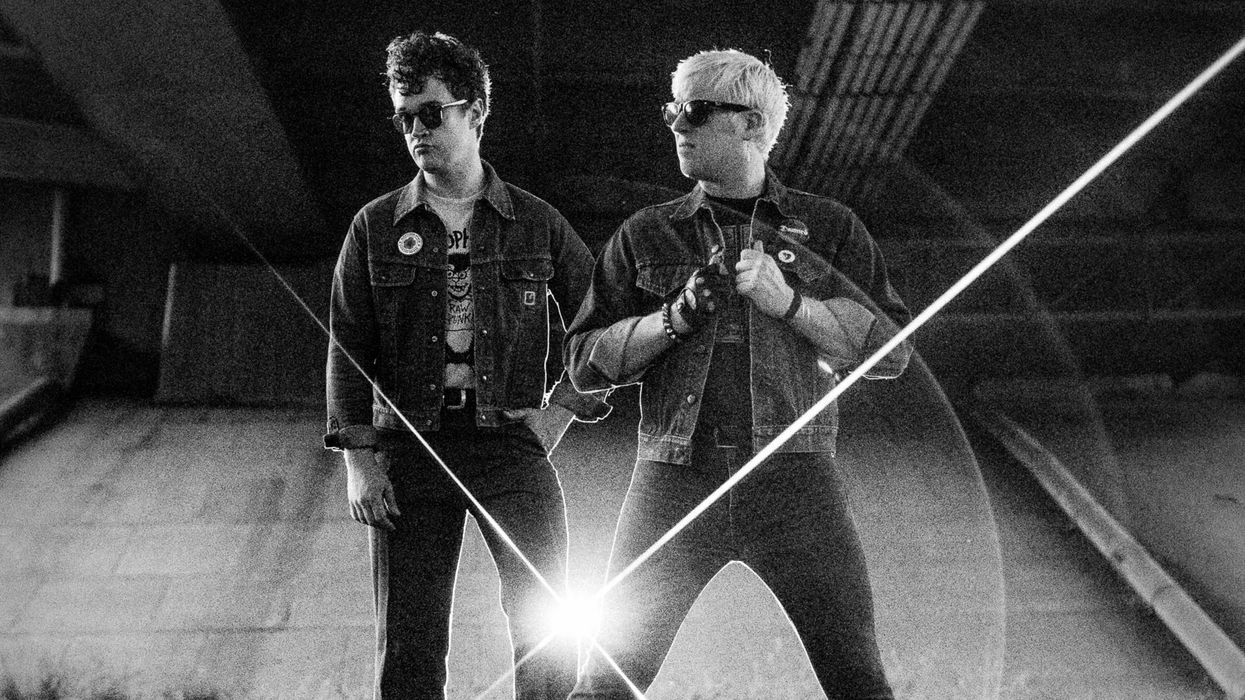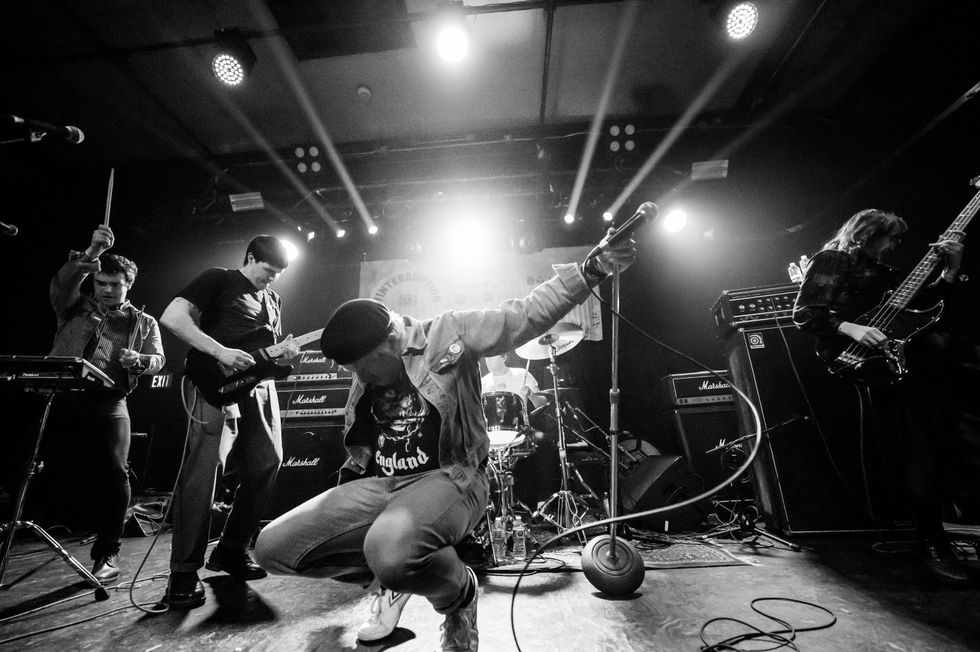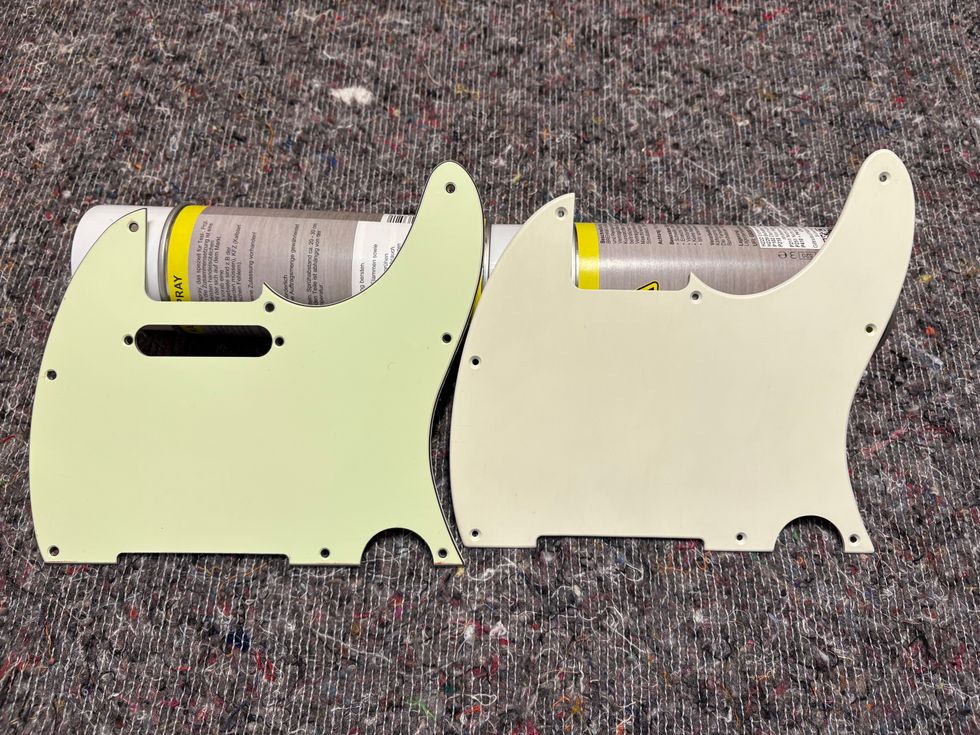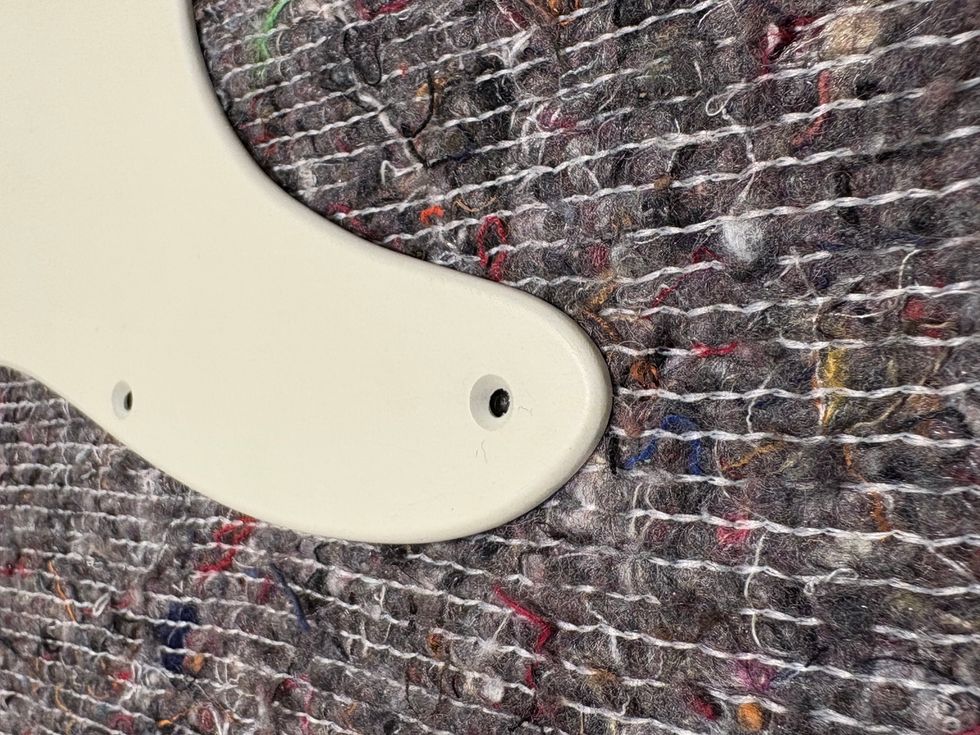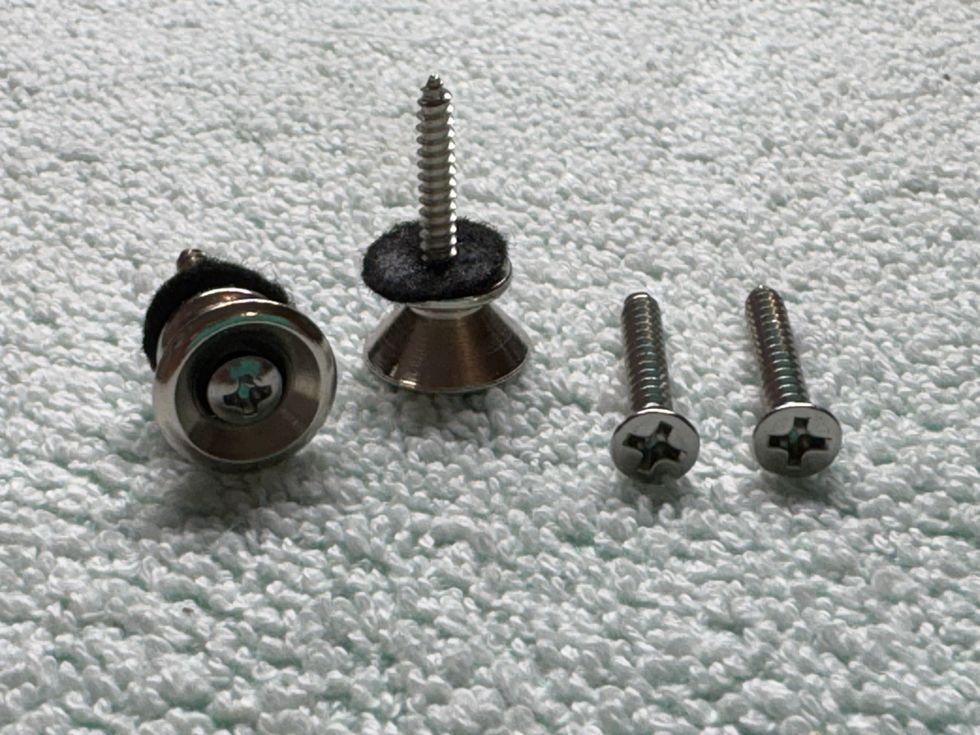We pick up where we left off last month with more tips on the specifications and characteristics you should consider when choosing appropriate speaker upgrades. Last month I discussed typical comments I hear from players related to low-end. We discussed speaker characteristics that affect low-end and how to improve it. This month we’ll do the same for mids and highs. Next month, we’ll look at speaker break-up modes. As I stated last month, I challenge you to listen to your current speaker(s) more crucially, and determine specifically what you want to change about your tone.
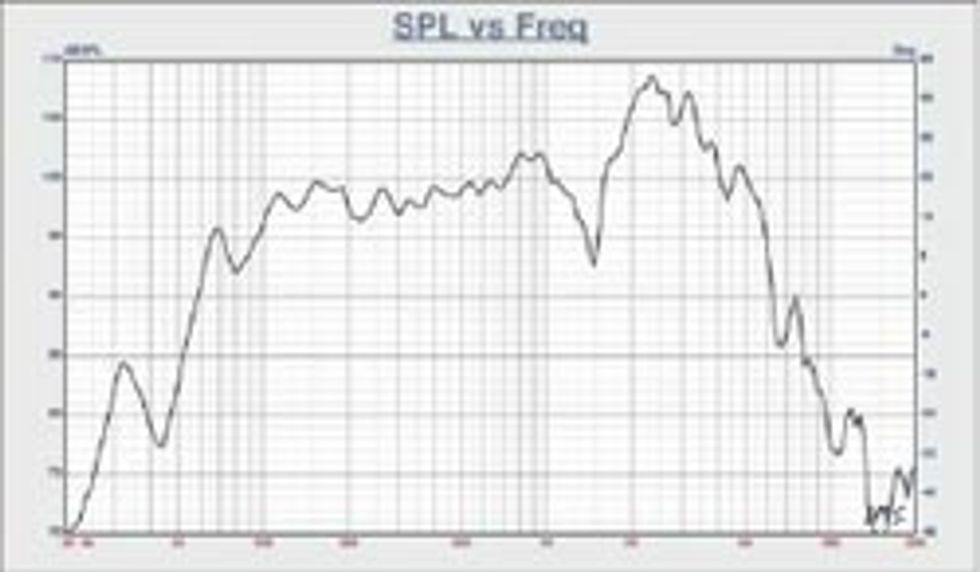 |  | ||
|
|
The way a speaker delivers the mids is an important key in achieving good tone. I receive too many different comments about mids to list, but I can give you some ideas on what to look for and compare. Guitar speakers generally have similar frequency responses (figure 1). They rise steadily until about 1kHz. They have a suck-out around 1.5kHz. They peak at 2kHz and extend out to 4kHz-5kHz. Granted, the response is a measurement of the fundamental and doesn’t account for harmonic content, which creates interest, detail, complexity and fullness. However, the response curve is a good starting point and can give us some clues before hearing the speaker. If you’re looking for a scooped (or lack of mids) sound, find a smiley face-type response between 300Hz and 1kHz (figure 2). If your mids sound too forward and aggressive, you will need less of a peak around 1kHz and a wider, deeper suck-out between 1kHz - 2kHz (figure 3, blue curve). To improve the definition of your mids look for more energy around 1kHz (figure 3, red curve). Our ears interpret wider, flatter areas as warmer and smoother, while peaks and dips sound more forward and aggressive (figure 4). This could be good or bad, depending on what you want.
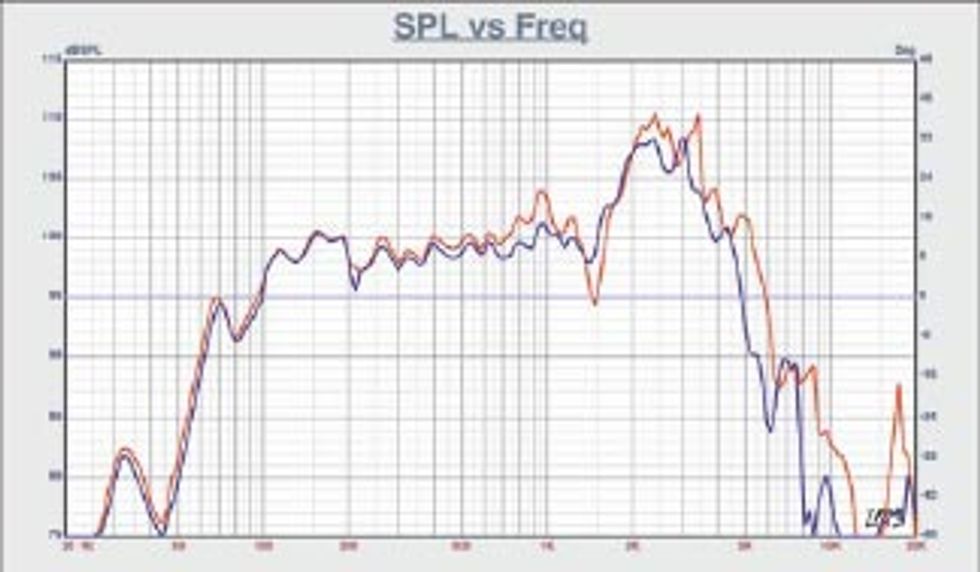 | 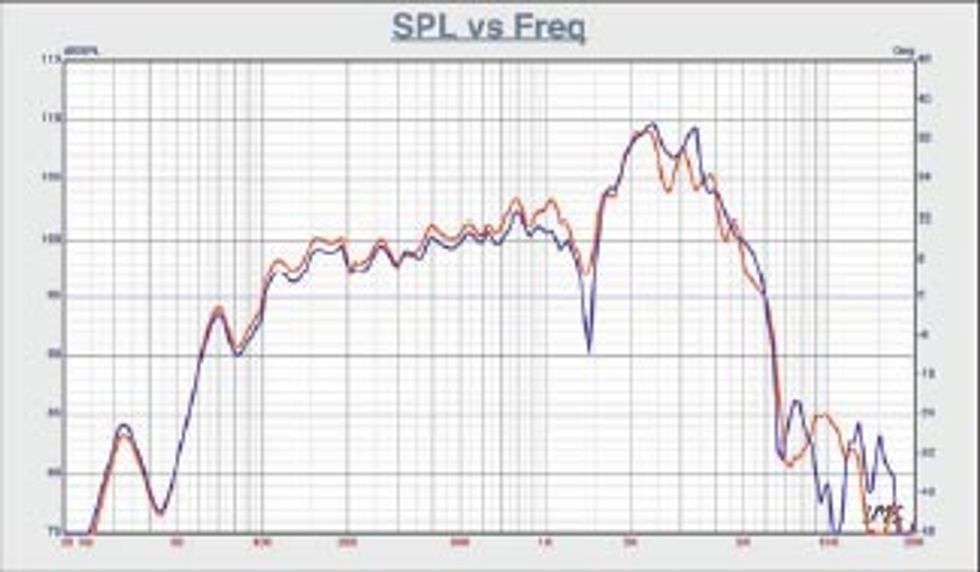 | ||
|
|
A frequent concern I hear about highs is, “My highs are too ice-picky or harsh and thin.” As discussed last month for improving lows, consider a larger voice coil, which will also eliminate unwanted highs. The low-end increases while top-end extension decreases.
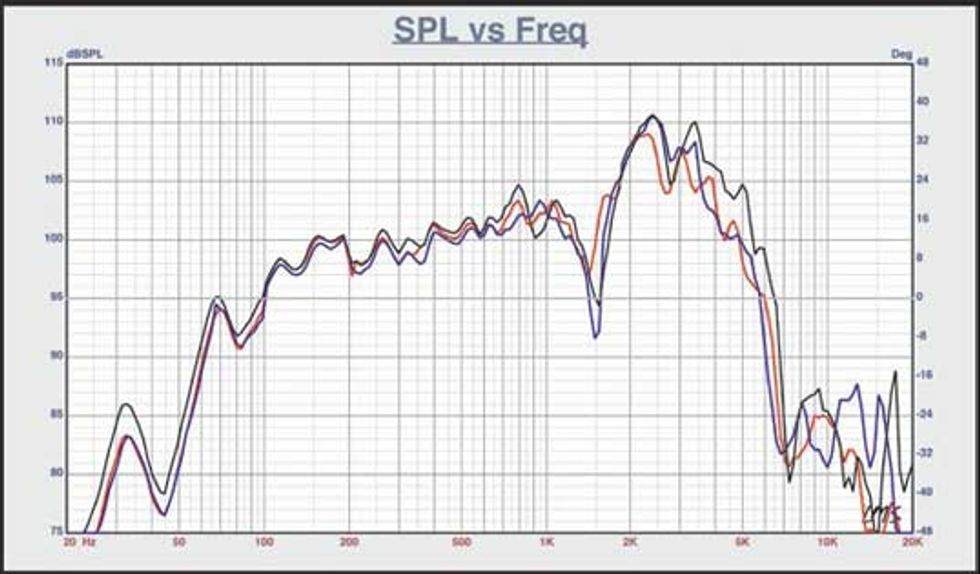 | |
|
The dust cap is a key contributor to the top-end response. A small dust cap, assuming it is also lighter, will produce higher sensitivity and more extension. To subdue that effect, look for a speaker with a larger dust cap. More mass will have an inverse effect. Also, take notice of the material. A cloth, screen-type cap is commonly used on guitar speakers and sounds relatively transparent. Hard paper caps sound brighter. Felt caps add warmth and smoothness to the highs. The frequency response graph is also a useful tool for the highs. Notice peaks and dips around 2kHz-5kHz and compare the levels (figure 5). A speaker that exhibits a variance of peaks and dips will typically sound brighter than a speaker that is flatter, smoother or less extended in this region. An ideal way to tame a bright amp is with a hemp cone speaker. Hemp is a denser, stiffer material than traditional paper pulps, and it really colors the tone. Hemp speakers are much warmer and smoother with subdued highs. They also tend to break-up later, but we’ll pick up with break up next month.
Anthony “Big Tony” Lucas
is a guitarist and Senior Lab Technician at Eminence Speaker LLC, where he specializes in guitar-speaker design and customer support. Big Tony has been with Eminence for over 10 years and is responsible for many well-known guitar speaker designs.








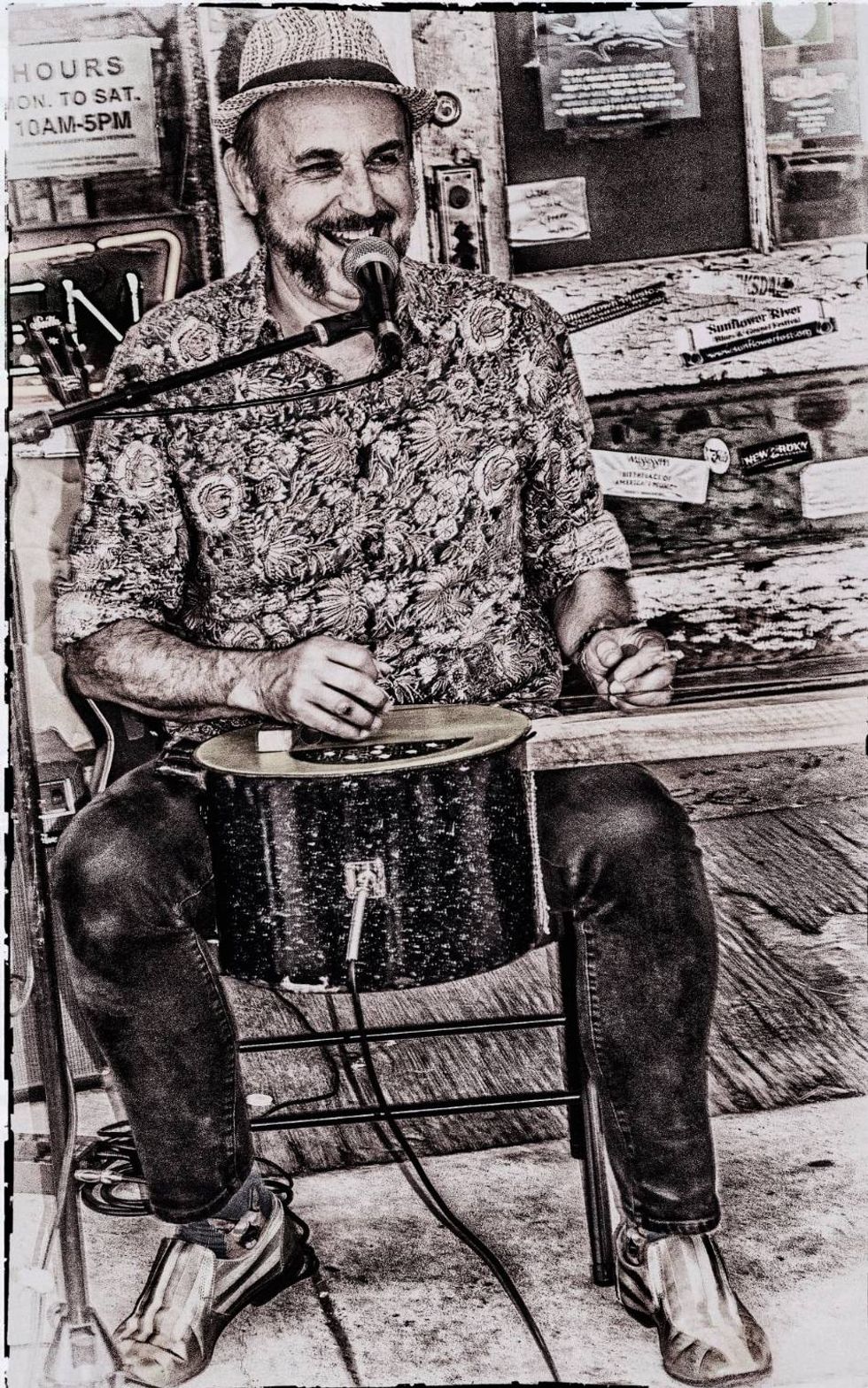
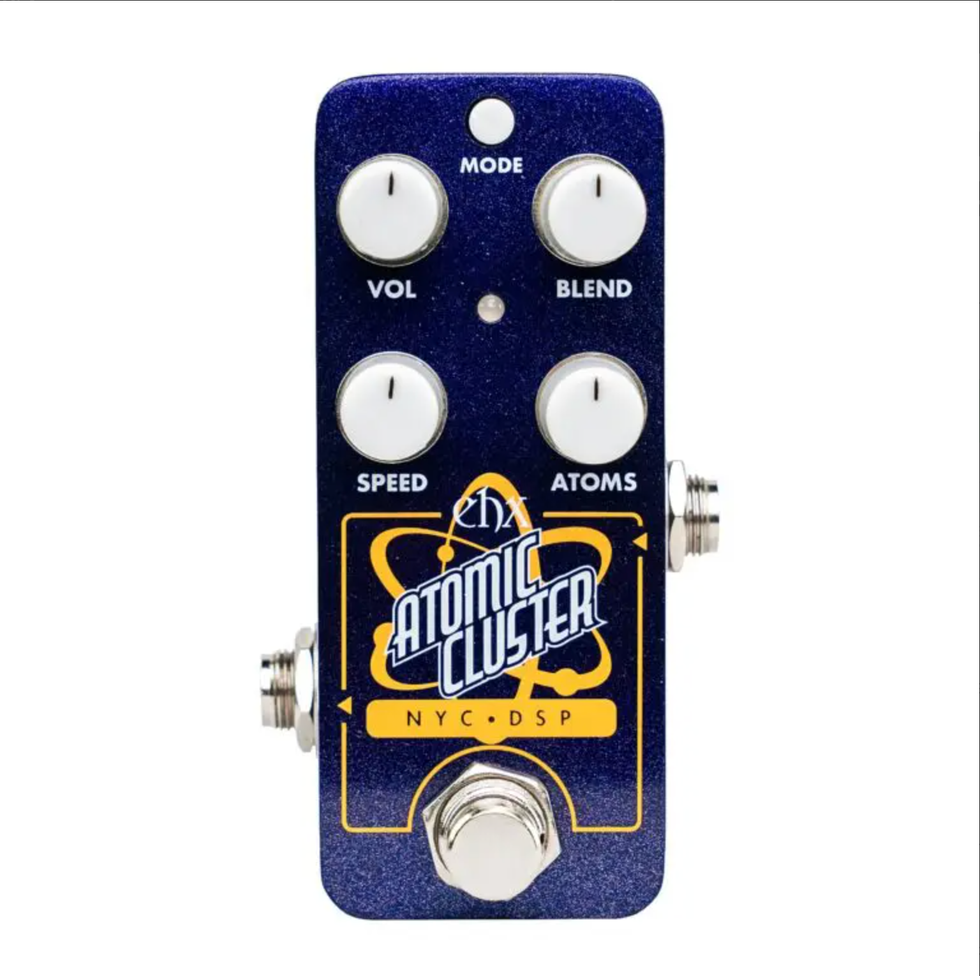

![Rig Rundown: Russian Circles’ Mike Sullivan [2025]](https://www.premierguitar.com/media-library/youtube.jpg?id=62303631&width=1245&height=700&quality=70&coordinates=0%2C0%2C0%2C0)



![Rig Rundown: AFI [2025]](https://www.premierguitar.com/media-library/youtube.jpg?id=62064741&width=1245&height=700&quality=70&coordinates=0%2C0%2C0%2C0)

